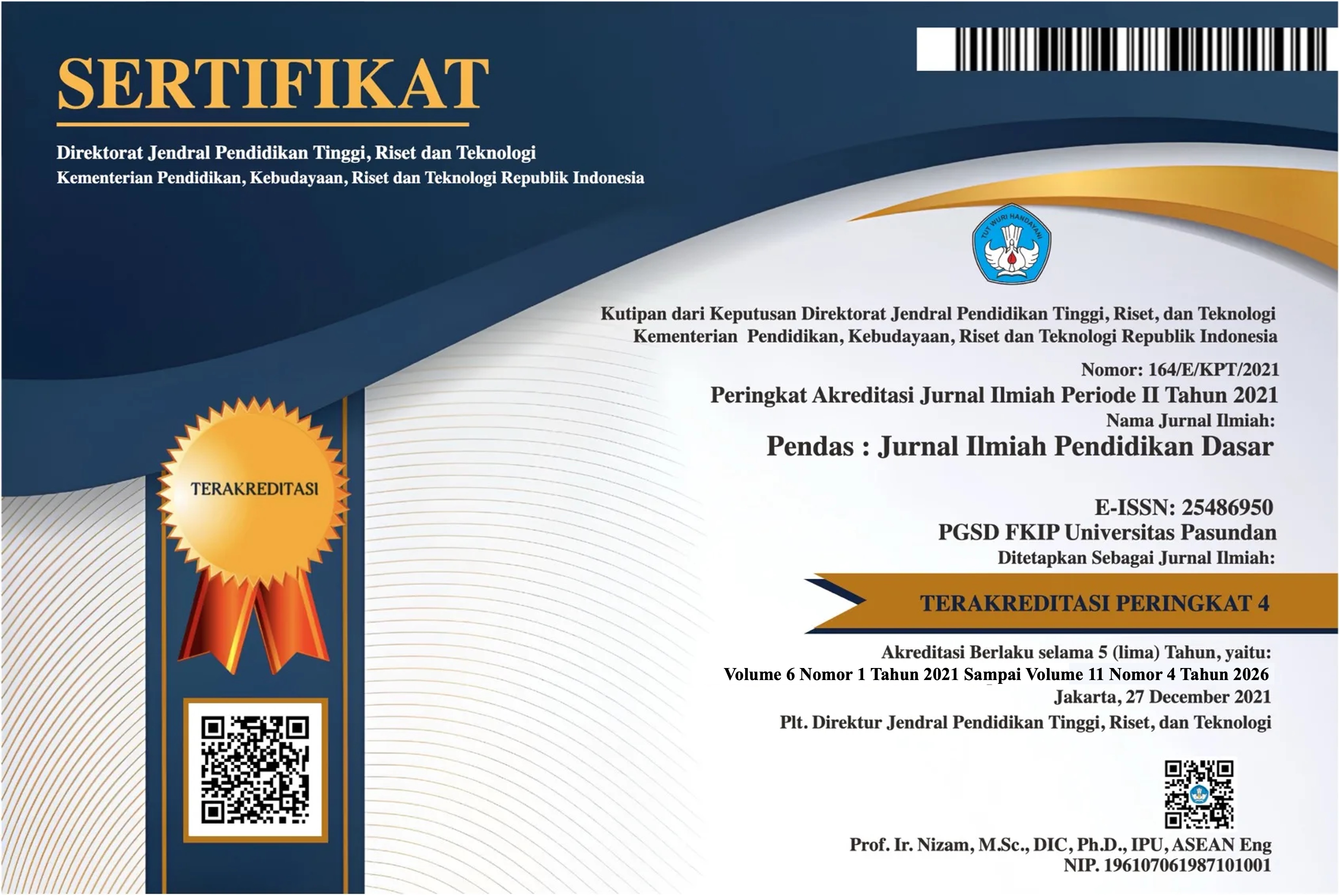PERSEPSI REMAJA TENTANG SEKS PRANIKAH DI KELURAHAN MENALA KECAMATAN TALIWANG
DOI:
https://doi.org/10.23969/jp.v9i3.17258Keywords:
Perception, Motives, Adolescents, Premarital SexAbstract
ABSTRACT
The aim of this research is to determine: 1) teenagers' perceptions about premarital sex in Menala Village, Taliwang District, 2) teenagers' motives for having premarital sex. This research uses a qualitative approach with a case study method. The data used in this research are primary data and secondary data, with data sources namely Research Subjects and Research Informants. The data collection techniques used in this research are interviews, observation, documentation and triangulation. Data analysis techniques used in qualitative research include stages of data reduction, data presentation and drawing conclusions. The research results show that: 1) Adolescents' perceptions of premarital sex in Menala Village, premarital sex is something that is considered normal for adolescents, because it is based on affection for their partner and a sense of wanting to have them so that adolescents engage in premarital sex to bind their partner. Adolescents' perceptions about premarital sex are obtained from their visual and auditory senses, and also from stories of close friends who have had premarital sex with their partners. 2) The main motives for teenagers to have premarital sex with their partners are sociogenetic and biogenetic motives. Teenagers' lack of knowledge and curiosity about new things is supported by the social environment and the existence of social media which can be accessed easily, especially by teenagers. The tendency of teenagers to frequently have premarital sex can also cause them to feel addicted without thinking about the long-term risks after they have had the relationship themselves. However, we need to be careful because dating status is the cause of teenagers engaging in premarital sex.
Downloads
References
Christina, S. (2010). Representasi sosial: Seksualitas, Kesehatatan, dan Identitas.Yogyakarta: Universitas Sanata Dharma.
Jahja Y. (2011). Psikologi Perkembangan. Jakarta: Kencana Prenada Media Group
Prihatsanti, U., Suryanto, & Hendriani, W. (2018). Menggunakan Studi Kasus Sebagai Metode Ilmiah Dalam Psikologi. Buletin Psikologi, 26(2), 126-136.
Habte, N., Adu, A., Gebeyehu, T., Alemayehu, S., Tesfageorgis, Y., Gatiso, T., & 1De. (2018). Prevalence of premarital sexual practices and its associated factors among high school students in Addis Zemen Town, South Gondar, Ethiopia, 2017. Journal of Public Health and Epidemiology, 10(10), 356–362.
Puji, L. K. R., Melizsa, R,, T., O., Hasanah, N., & Ambarwati, D. (2021). Hubungan Pengetahuan, Peran Media Massa Dan Peran Keluarga Terhadap Perilaku Seks Pranikah Siswa-Siswi Smk Muhammadiyah Lebaksiu. Edu Dharma Journal: Jurnal Penelitian dan Pengabdian Masyarakat, 5(2), 52–60.
Rukman, Nani, A., & Sri, R. (2019). Pengaruh Faktor Internal Dan Eksternal Terhadap Perilaku Seksual Remaja di Lembaga Pembinaan Khusus Anak. Jurnal Riset Kesehatan Poltekkes Depkes Bandung, 11(1), 374-386
Sulistianingsih, A. (2010). Hubungan Lingkungan Pergaulan Dan Tingkat Pengetahuan Tentang Kesehatan Reproduksi Dengan Sikap Seks Bebas Pada Remaja. Karya Tulis Ilmiah, 1– 93.
Downloads
Published
Issue
Section
License
Copyright (c) 2024 Pendas : Jurnal Ilmiah Pendidikan Dasar

This work is licensed under a Creative Commons Attribution 4.0 International License.



















